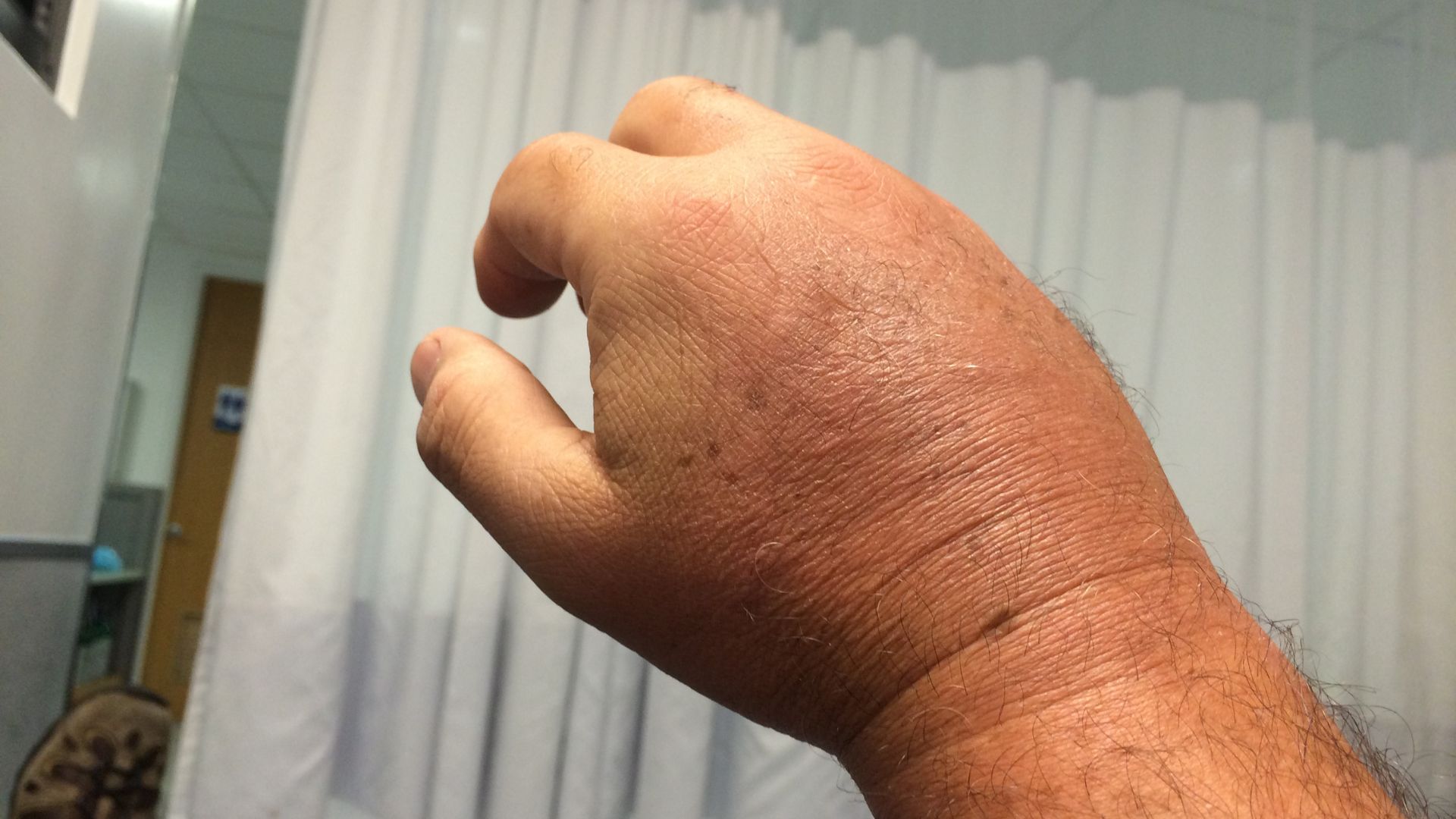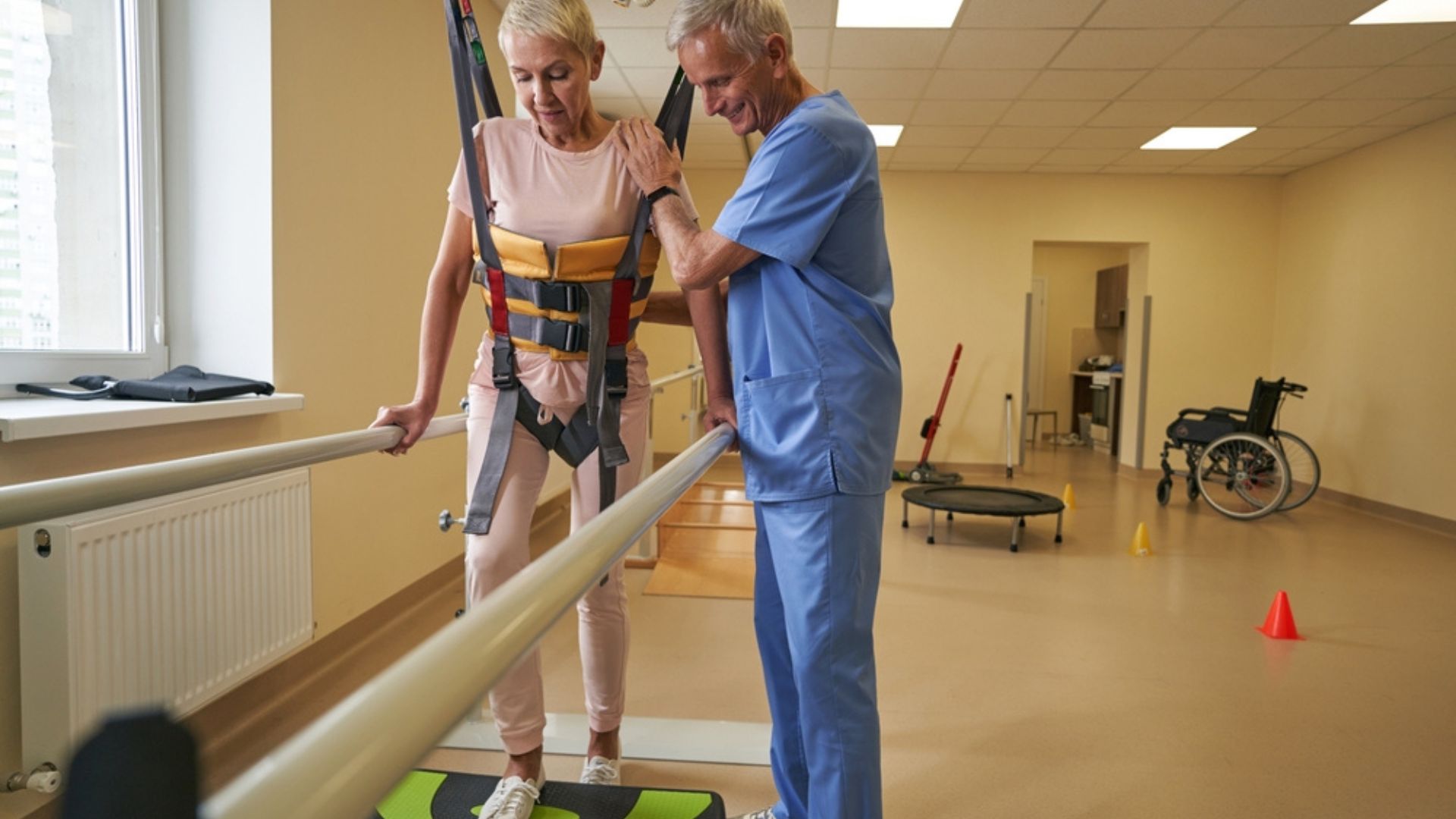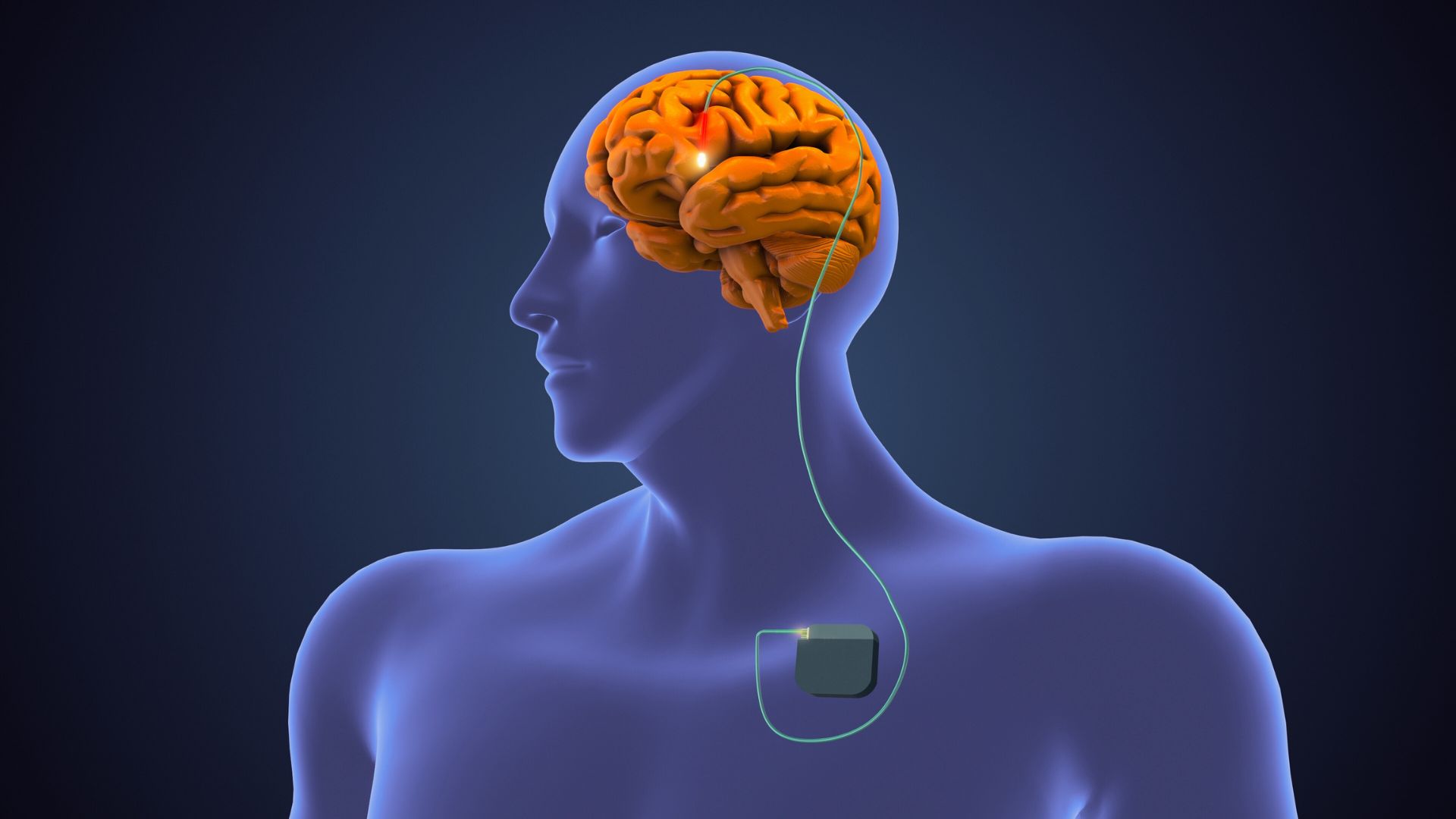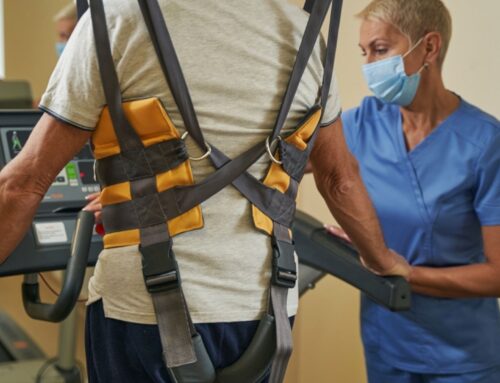Complex regional pain syndrome (CRPS) causes severe pain and swelling in the extremities that can result in the loss of function. CRPS can occur at any age, although it is most prevalent in individuals between the ages of 50 and 70 years, occurring in women more than men.[i] While there is greater awareness and research into this neurological condition, causes as well as CRPS treatment remain inconclusive.
In this article we look at symptoms and classification of CRPS. In addition, we will discuss how it is diagnosed, risk factors in developing CRPS as well as treatment approaches, including medical management and physiotherapy.
Table of Contents
- What is CRPS?
- What are the symptoms of CRPS?
- Diagnosis of CRPS
- What causes CRPS?
- CRPS treatment
- Physiotherapy management of CRPS
What is Complex Regional Pain Syndrome or CRPS?
Complex regional pain syndrome (CRPS) is an acute and chronic pain condition characterized by severe pain, swelling and changes to the skin typically in distal limbs like the hand or foot.
CRPS is believed to be caused by a malfunction in the nervous system, where the body’s pain receptors become overactive and send constant pain signals to the brain. It can occur after an injury, surgery, or even a minor trauma such as a sprain or strain. However, in some cases, there may not be an identifiable trigger.
There are two types of CRPS: Type 1, which occurs after an injury or trauma that did not directly damage the nerves in the affected limb, and Type 2, which occurs after an injury or trauma that did directly damage the nerves in the affected limb.
CRPS Symptoms
In this condition, pain is the predominant symptom with other sensory and motor changes resulting in loss of function.
Symptoms include:
- Pain – This pain is often described as burning, stabbing, stinging or tearing in sensation. In CRPS there is increased sensitivity to painful stimuli (hyperalgesia) as well as feeling pain from stimuli that are usually not painful (allodynia).
- Autonomic changes – The affected area is typically warm, red and swollen. In addition, the skin may be shiny with increased or decreased hair and nail growth in the area.[ii]
- Motor impairment – The above changes and swelling often lead to decreased use and function of the affected limb leading to weakness and loss of function.
These symptoms can also change over time as the condition becomes more chronic in nature.
CRPS Diagnosis
CRPS is often diagnosed by ruling out other similar conditions, and from a detailed physical examination and medical history. Doctors may order other tests such as x-rays, MRI’s and EMG’s to determine the integrity of other structures such as bone, muscles and nerves and to rule out other conditions.
Causes of CRPS
While the exact cause is unclear, it appears that multiple factors contribute to the development of CRPS.
These factors include:
- Immobilization – Limited movements due to fracture, surgery, paralysis and trauma can result in the cascade of responses such as:
- Elevated inflammatory response – With CRPS patients have increased levels of inflammation producing substances and pain enhancing substances in the nerves released by the body[v]
- Autonomic nervous system imbalance – There is a dysregulation and sensitivity to neurohormones being circulated in the body[vi]
This leads to changes within the central nervous system that increase sensitivity to pain, as well as psychological factors such as anxiety and depression that lead to increased pain and loss of function.
CRPS Treatment
Due to the complex and multifactorial nature of of this condition, a multidisciplinary approach is recommended for CRPS treatment.
Medical management can include:
- Medications – Anti-inflammatory, neuropathic pain, steroid, and bisphosphonate medications have been used to treat pain in this population
- Sympathetic nerve block – This medical procedure involves the injection of a medication to numb a nerve and interrupt the pain signals it sends to the brain
- Spinal cord stimulation – Use of electric stimulation on the dorsal column of the spinal cord to mask the sensation of pain[vii]
Physiotherapy management of CRPS
Physiotherapy interventions have been shown to reduce pain and improve function in those with CRPS.[viii]
These interventions include:
- Patient education – Providing education around self management, relaxation techniques, outcome expectations
- Pain management – Use of modalities such as acupuncture, TENS, and hydrotherapy for pain control
- Edema management – Use of contrast baths, paraffin baths, compression and massage to decrease swelling
- Exercise – Stretching and strengthening exercises to maintain range of motion and function
- Graded motor imagery/mirror therapy – A process of training your brain using specific imagery to help decrease pain
At Propel Physiotherapy our physiotherapists are experienced and trained treating complex pain conditions including complex regional pain syndrome. We provide a comprehensive assessment approach and treatment interventions to support your needs and goals.
Contact us to learn more about how our therapists can help you get back to living fully.
References
[i] Rand, Scott E. MD, FAAFP, CAQSM1,2; Basu, Sumana MD2; Khalid, Shoaib MD2. Complex Regional Pain Syndrome: Current Diagnostic and Treatment Considerations. Current Sports Medicine Reports 18(9):p 325-329, September 2019. | DOI: 10.1249/JSR.0000000000000633
[ii] Complex Regional Pain Syndrome, rarediseases.org
[iii] Rand, Scott E. MD, FAAFP, CAQSM1,2; Basu, Sumana MD2; Khalid, Shoaib MD2. Complex Regional Pain Syndrome: Current Diagnostic and Treatment Considerations. Current Sports Medicine Reports 18(9):p 325-329, September 2019. | DOI: 10.1249/JSR.0000000000000633
[iv] Misidou C, Papagoras C. Complex Regional Pain Syndrome: An update. Mediterr J Rheumatol. 2019 Mar 28;30(1):16-25. doi: 10.31138/mjr.30.1.16. PMID: 32185338; PMCID: PMC7045919.
[v] Complex Regional Pain Syndrome, rarediseases.org
[vi] Misidou C, Papagoras C. Complex Regional Pain Syndrome: An update. Mediterr J Rheumatol. 2019 Mar 28;30(1):16-25. doi: 10.31138/mjr.30.1.16. PMID: 32185338; PMCID: PMC7045919.
[vii] Shim H, Rose J, Halle S, Shekane P. Complex regional pain syndrome: a narrative review for the practising clinician. Br J Anaesth. 2019 Aug;123(2):e424-e433. doi: 10.1016/j.bja.2019.03.030. Epub 2019 May 2. PMID: 31056241; PMCID: PMC6676230.
[viii] Smart KM, Wand BM, O’Connell NE. Physiotherapy for pain and disability in adults with complex regional pain syndrome (CRPS) types I and II. Cochrane Database Syst Rev. 2016 Feb 24;2(2):CD010853. doi: 10.1002/14651858.CD010853.pub2. Update in: Cochrane Database Syst Rev. 2022 May 17;5:CD010853. PMID: 26905470; PMCID: PMC8646955.
Written by

















